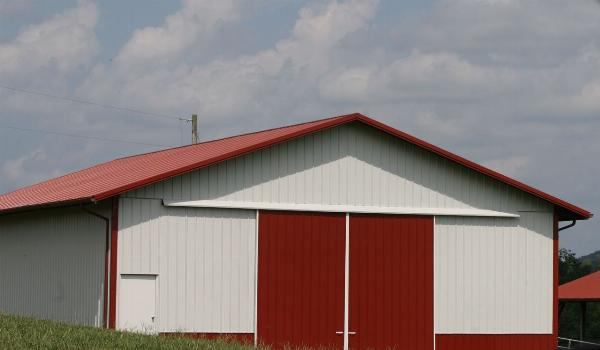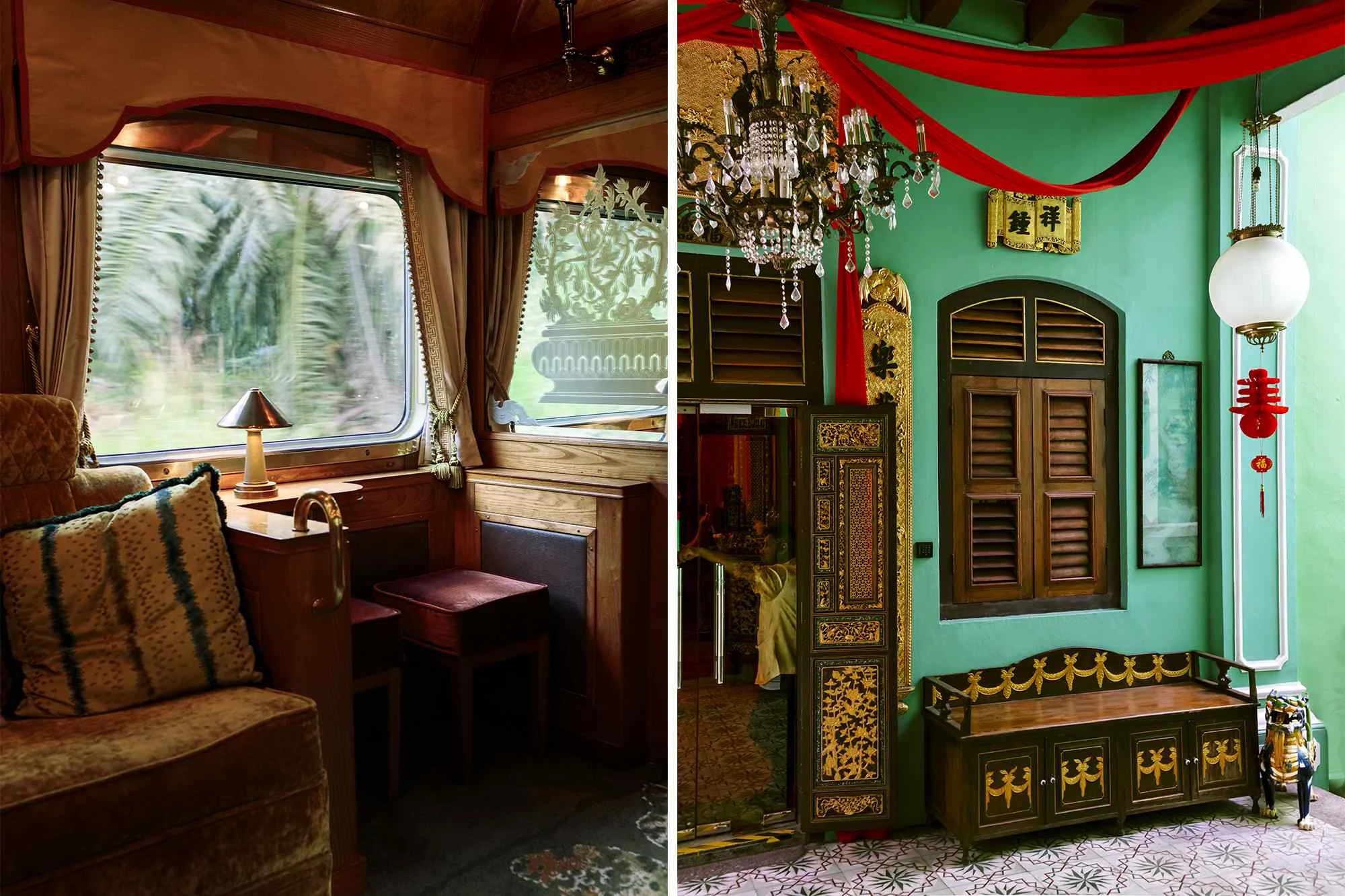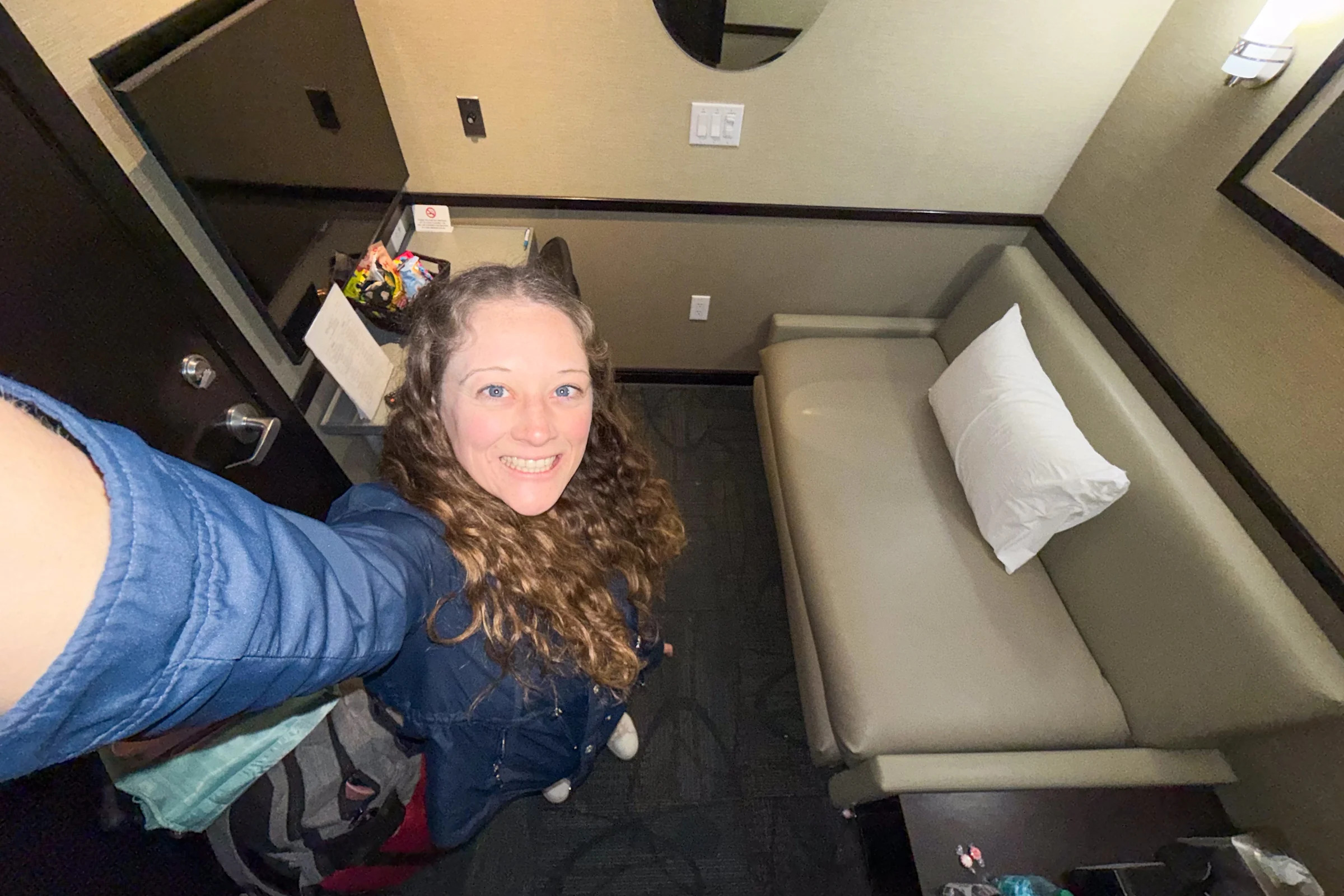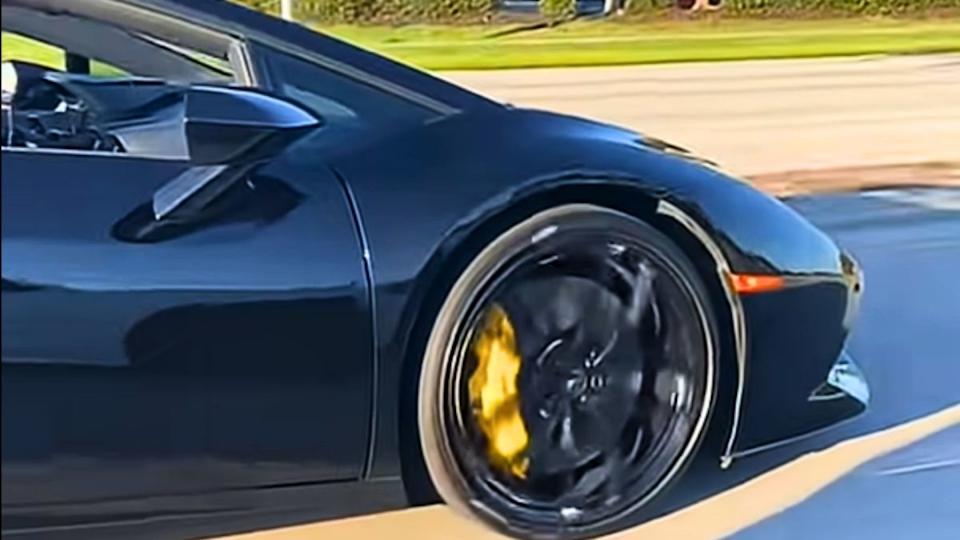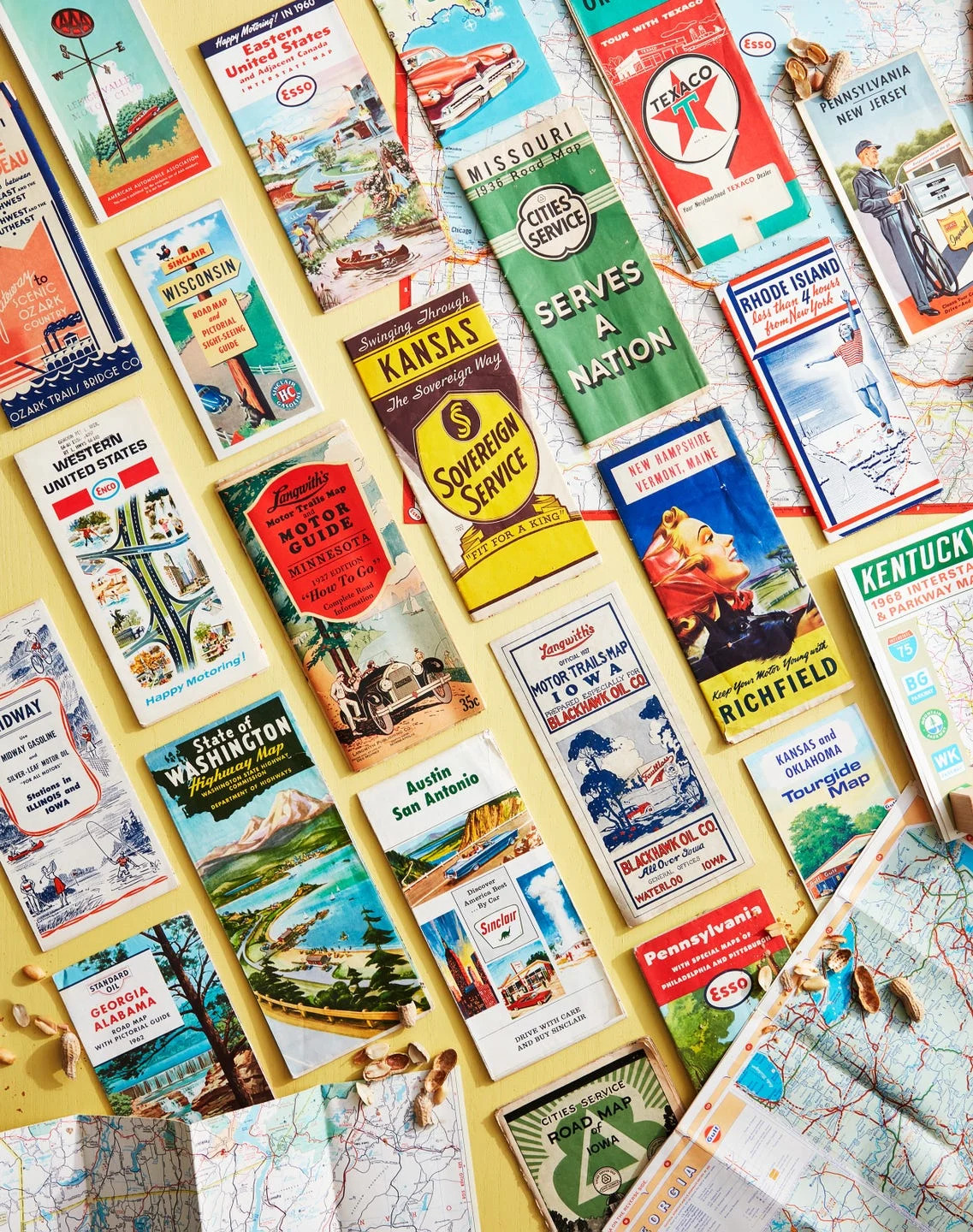
As long as people have been traveling, there have been travel “souvenirs.” It’s just human nature for us to want to have something to keep as a reminder of a specific place we have visited or a special trip we have taken. And, as long as there have been souvenirs, there have been savvy individuals or companies creating and selling those keepsake items. With the growing popularity train travel and the invention of the automobile, cross-country travel grew in popularity during the late 1800s into the early 1900s, and with it came a growth in the different types of souvenirs you could buy along the way. Of course, the look and make of souvenirs has changed over the year—there were no mass-produced magnets and snow globes back then!From handmade vases to promotional maps, many travel souvenirs from this period are worth a lot more than just the memories they bring. Here’s what to look for and how to know if you’ve uncovered a real treasure.
Raised Beadwork Pieces
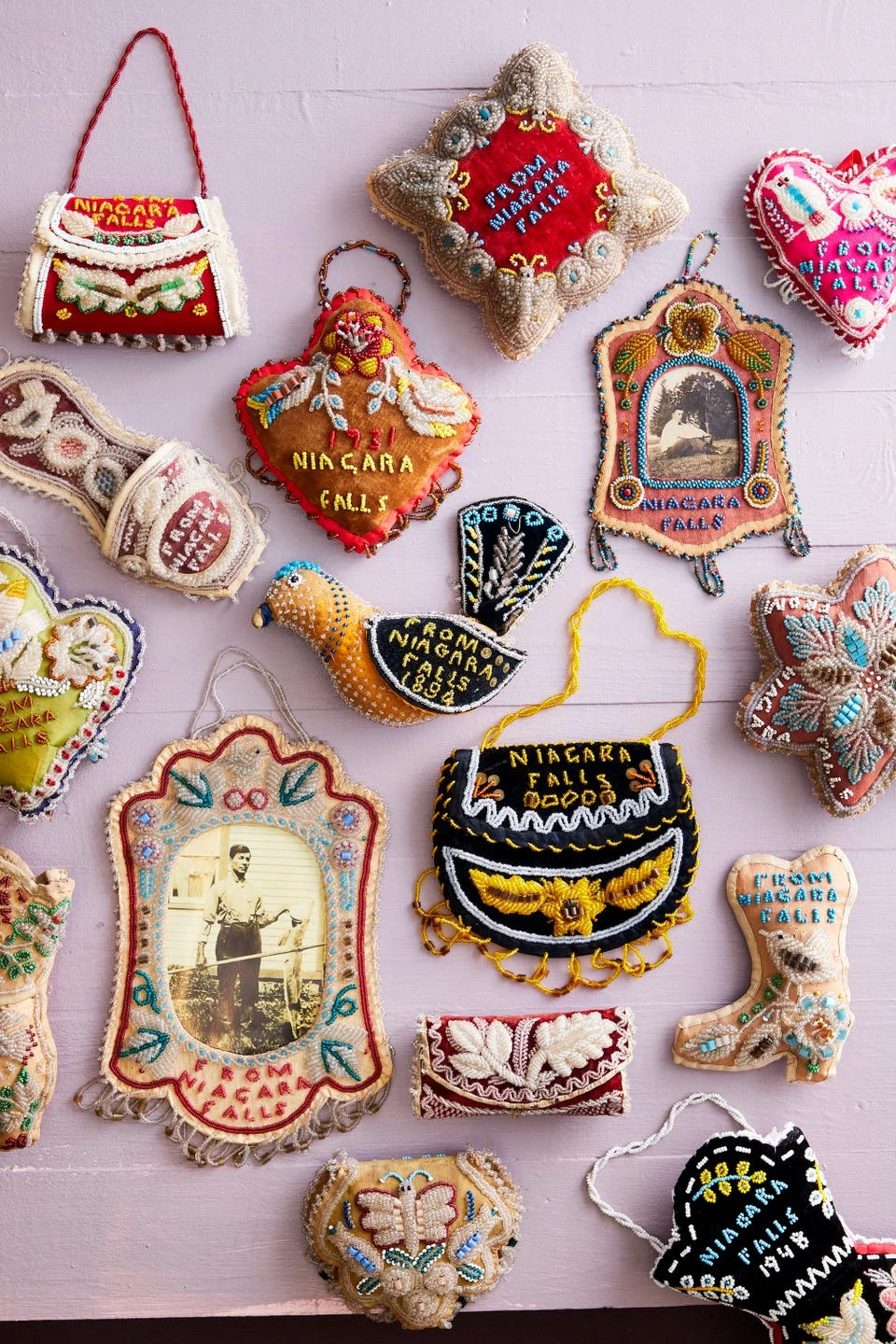 Becky Luigart-Stayner for Country Living
Becky Luigart-Stayner for Country LivingWhile other nations of the Iroquois Confederacy that live near the U.S.-Canada border also sold raised beadwork as souvenirs to Victorian-era tourists, the Tuscarora Nation had exclusive selling rights on lands surrounding Niagara Falls until 1936. Their handcrafted, sawdust-stuffed pieces (shown here) in popular shapes such as boots, picture frames, pouches, and birds typically noted the Niagara locale and year created. Today, the value of a piece is largely determined by age, condition, and design.
WHAT IT’S WORTH: $50 to $500
Ozark Roadside Pottery
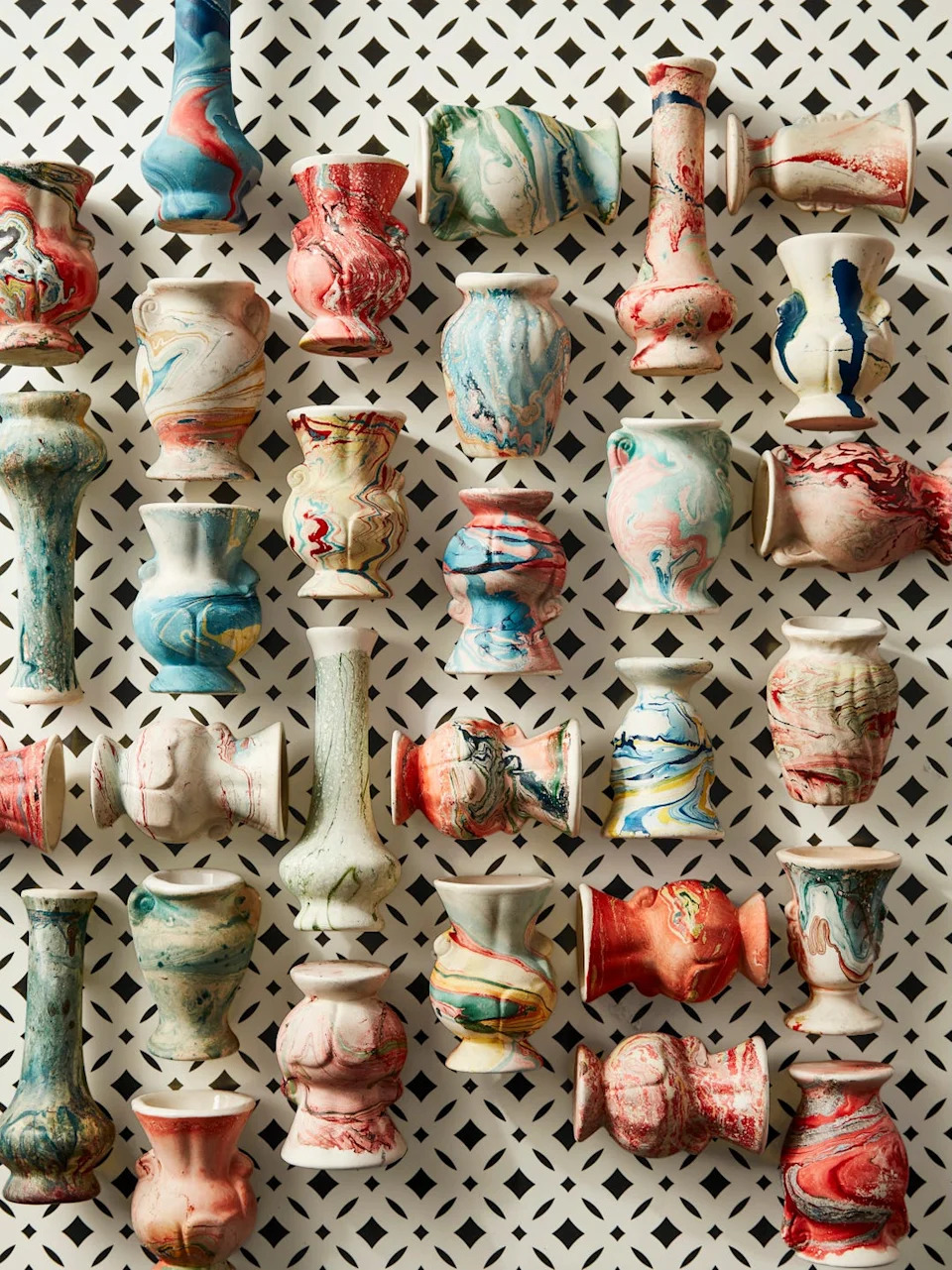 Brian Woodcock for Country Living
Brian Woodcock for Country LivingThese mini vases measure just four inches tall but pack a decorative punch. Made by Morton Pottery, they’re just one example of the earthy swirled pottery popularized by Midwestern and Ozark-area makers like Niloak and Nemadji in the 1920s and ’30s. Often sold as roadside souvenirs, these colorful vessels are widely known as “tourist pottery.” Larger vases (12-plus inches tall) with maker’s marks can be worth upward of $300, but smaller versions prove more affordable.
WHAT IT’S WORTH: $15 - $350
State Plates
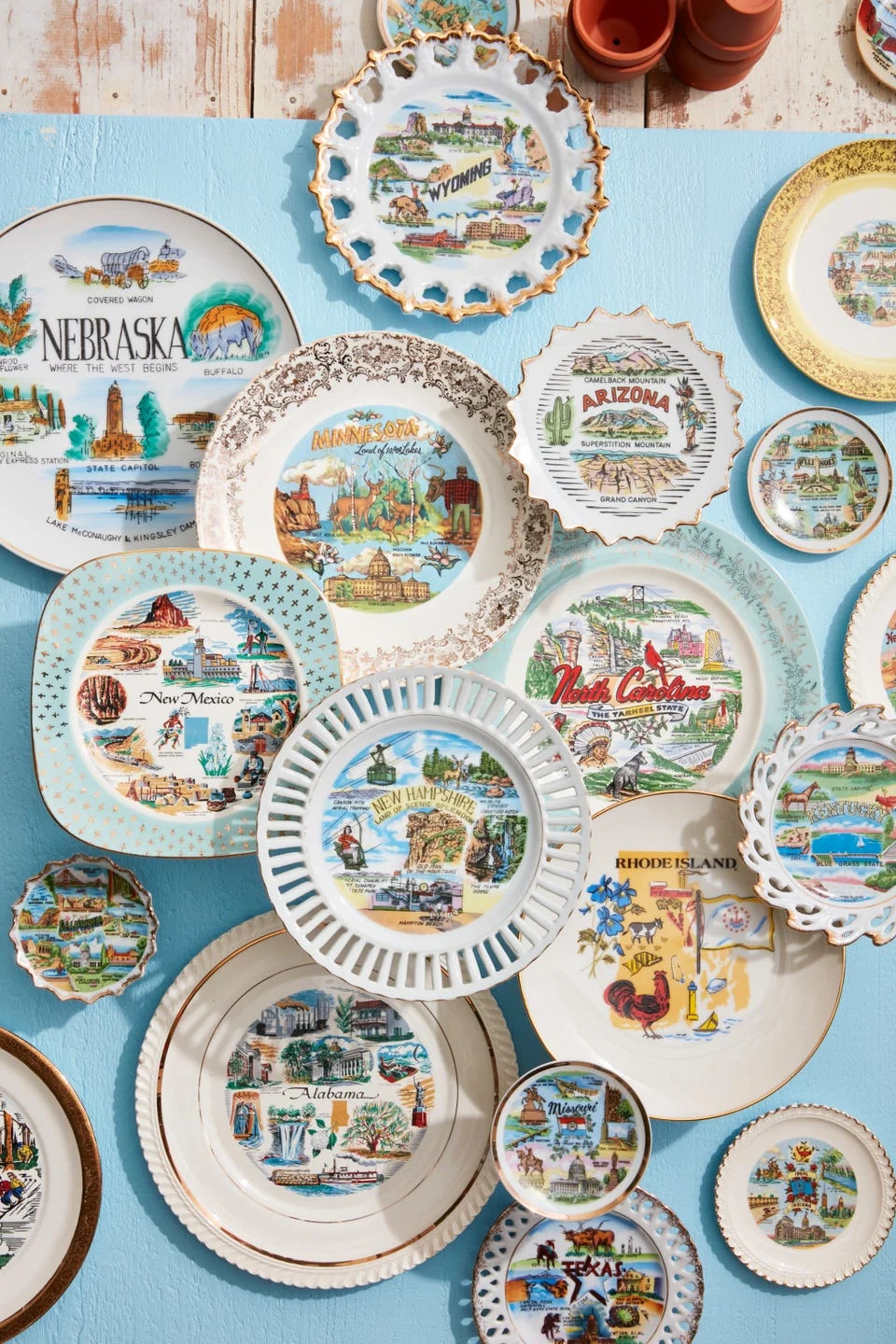 Becky Luigart-Stayner for Country Living
Becky Luigart-Stayner for Country LivingThe Federal-Aid Highway Act of 1956 established the U.S.’s interstate system and cemented our love of long-haul road trips. Travelers were eager to bring home mementos from new destinations, and decorative plates became a top-selling souvenir between the 1950s and 1980s. Lattice styles (center) and smaller sizes are rarer finds, but value is often set by larger diameters, condition, and rarity of destination. (Western states are more common finds, as they were popular tourist attractions for road-trippers from the East and Midwest.) Prices can reach $25 per plate, but savvy searchers know to look for under $5 options at estate sales (especially if they want to resell them later!).
WHAT IT’S WORTH: up to $25 each
Felt Pennants
These tourist tokens for sports teams, schools, fairs, and other attractions rose in popularity in the early 1900s. After Yellowstone was established as the first National Park in 1872 and the National Park Service (NPS) was created in 1916, the parks made pennants of their own. The earliest featured appliquéd designs, but as modern printing techniques emerged, the designs became more detailed (most shown here are from the ’50s through ’70s). Pennants with a panel of fringe (see top left and bottom right) are a bit older and particularly collectible.
AdvertisementAdvertisement#_R_on2adkalhb5fiv5vddbH1_ iframe AdvertisementAdvertisement#_R_18n2adkalhb5fiv5vddbH1_ iframeToday, souvenir fair pennants from the early 1900s can command upward of $80 apiece due to their unique visuals and occasional presence of specific dates. As the felt pennant industry consolidated, pre-designed graphics became commonplace, and fair pennants from the 1960s onward now cost $15 to $50. Though most collectors look for pieces touting a sentimental locale, rodeo motifs are also always in high demand.
WHAT IT’S WORTH: $10- $150 (pre-1930s National Park pennants)
Road Maps
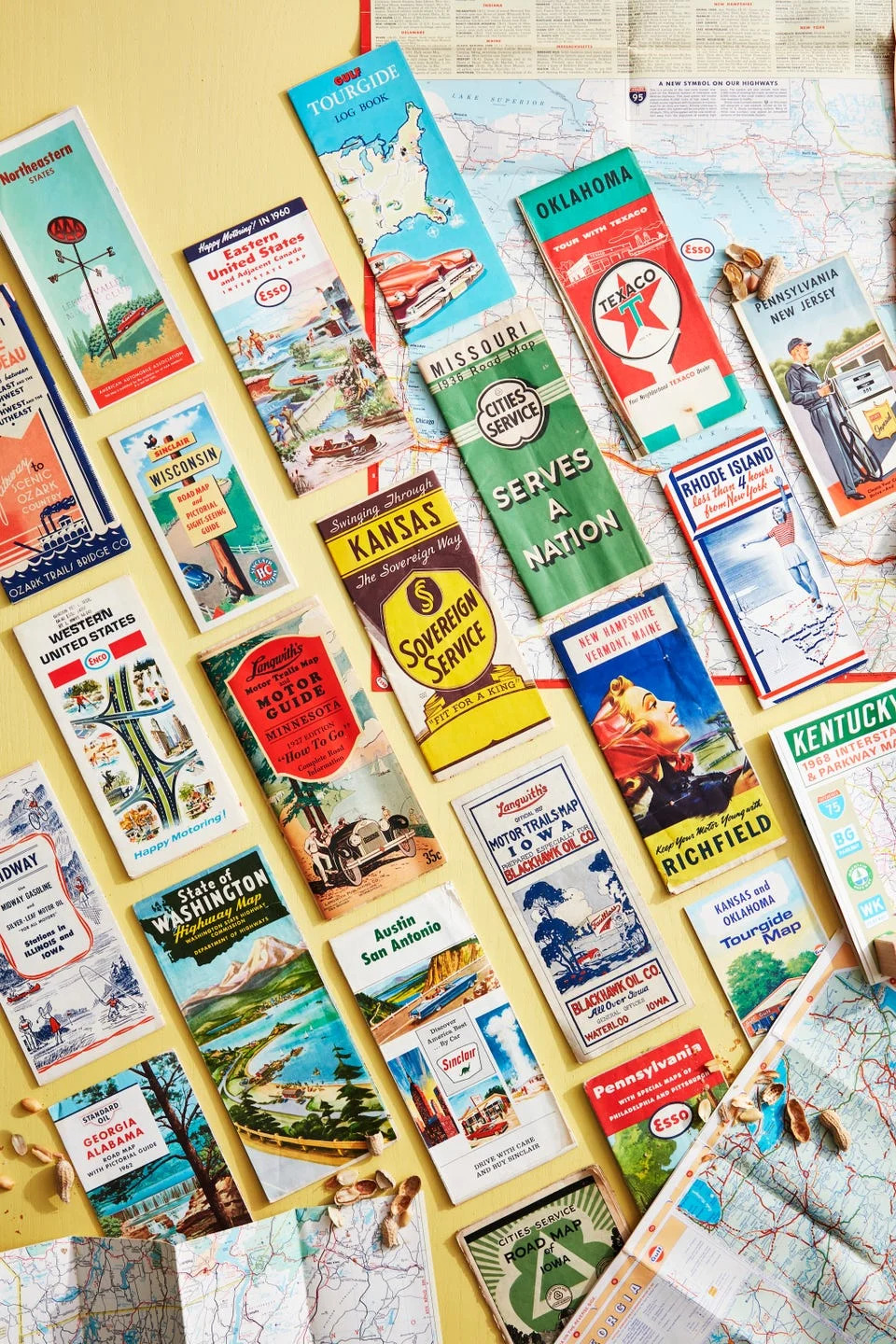 Becky Luigart-Stayner for Country Living
Becky Luigart-Stayner for Country LivingStarting in the 1920s, gas companies used free road maps to secure customer loyalty among new car owners. Older styles (see Missouri, Minnesota) can fetch between $30 and $100, while maps from the 1940s on (such as the Esso-branded maps) typically go for $10 to $25. The occasional piece from a short-lived company can be valued much higher, as the Blackhawk Oil Co. Iowa map (center) is worth $450. To roughly date a find, look at automobile styles and logo iterations of any well-known brands.
WHAT IT’S WORTH: $10- $450
You Might Also Like
70 Impressive Tiny Houses That Maximize Function and Style
30+ Paint Colors That Will Instantly Transform Your Kitchen






